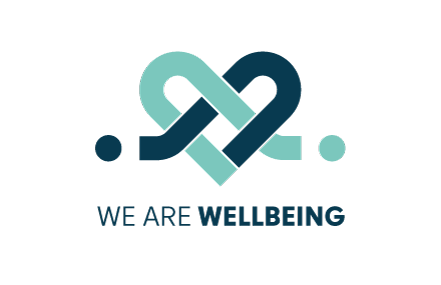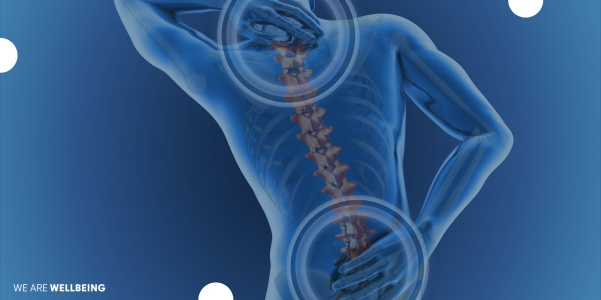Here at We Are Wellbeing, we’re proud to have supported thousands of workers with their health. One of the biggest struggles we come across is staying active during the week, especially amongst those working in desk-based roles.
It’s estimated that UK adults spend on average 9 hours per day sitting down for both work and leisure purposes (this does not include sleep). And we know that long term inactivity can increase your risk of obesity, type 2 diabetes, cardiovascular disease and some cancers (NHS).
So, what are the benefits of regular movement?
In addition to reducing the risk of the above lifestyle diseases, regular movement can improve your mood, posture, sleep and stress levels. It may also increase motivation, productivity and satisfaction at work!
How you can stay active in the workplace
- Think small and often: Planning an hour of exercise can feel unachievable, but what about 5 minutes? Even small increments of movement can improve your health and mood. The CMO recommends we ‘break up long periods of not moving with some activity’. Try to move every hour, even just for a few minutes.
- Windows of opportunity: Building from the above, identify widows of opportunity in your week to prioritise movement. This could be as part of your commute, your lunchbreak, 10 minutes before work etc. It’s recommended that UK adults get 150 minutes of moderate exercise each week, that’s 21 minutes per day and can be broken into smaller chunks.
- Do what works for you: We are all unique so choose movement that works for you. This may be determined by preference, disability, illness or goals. Walking, seated stretches, Pilates, dancing around your kitchen, the list is endless.
- Set reminders: You may find that one of the biggest challenges is simply forgetting to move! You are so engrossed in your work that hours fly by. Combat this by setting reminders on your phone, watch, work calendar, or stick a reminder to the wall.
- Habit stacking: This means adding a new action to something you already habitually do, and is a great trick to up your movement. See the examples below:
Do some stretches every time you boil the kettle.
Go for a 10-minute walk after your lunch.
- Utilise your lunchbreak: I know, it can be tempting to work through your lunch, grab a sandwich and catch up on emails. But this is an excellent time to get movement in, as well as setting you up nicely for the afternoon. Prioritise yourself and block 30 minutes out for a walk or stretch.
- Schedule your week: As the saying goes, fail to prepare, prepare to fail. Scheduling movement can make all the difference, try spending some time at the weekend planning your movement in for the week. Also, research has shown that if a goal is written down, we are 42% more likely to achieve it!
A final point…
We often get asked about the 10,000 steps a day target. There is little evidence to support this this exact figure, but a study has shown that taking more steps each day is associated with ‘progressively lower risk of all-cause mortality’ up to a certain point (link to the study). This means that by walking an extra 1000 or 2000 steps a day, you can reduce the risk of a number of health conditions, and improve quality of life!
Conclusion: Tips for employers
Leading by example and creating an environment in which employees can prioritise wellbeing and movement is key.
- Encourage employees to take their lunchbreaks and regular short breaks where possible.
- Encourage and demonstrate boundaries, for example starting and finishing work on time.
- Allow flexibility around working hours where possible.
- Consider running team events and initiatives around inclusive movement.
- If possible, encourage walking meetings.
- Offer perks such as in-house exercise sessions.
- Run a We Are Wellbeing workshop or webinar about movement and physical activity. Get in touch to find out more.
Remember, encouraging employees to look after their health can have a hugely positive impact on the workplace too. The risks of inactivity can lead to sickness absence, reduced productivity, presenteeism and associated financial implications.







